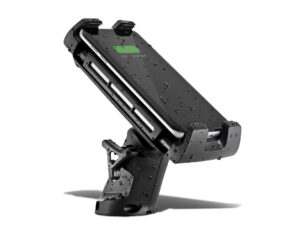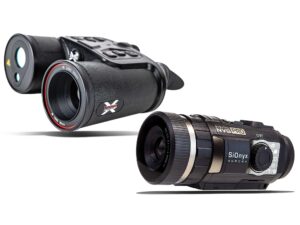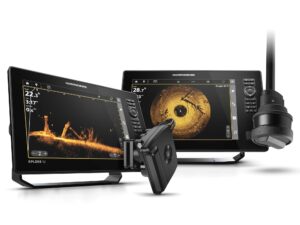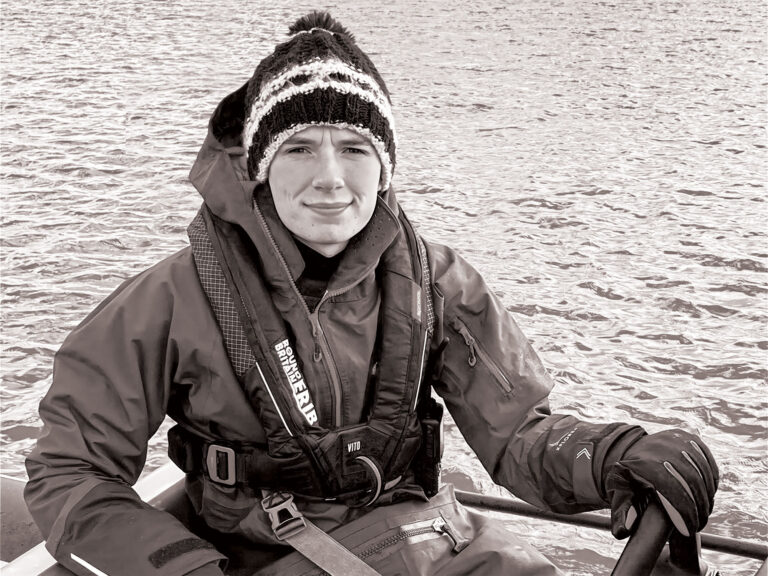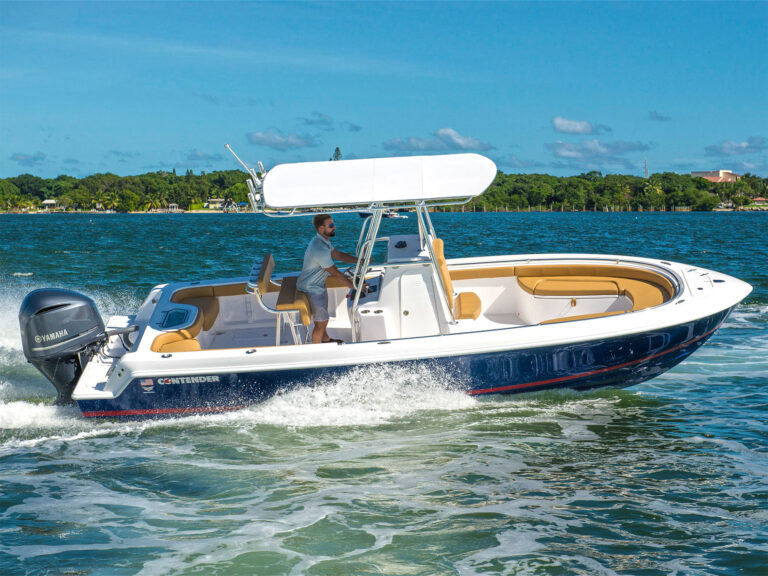I felt a tinge of skepticism while preparing to test the SIONYX Nightwave D1 ultra-low-light marine camera on a 30-mile run to the offshore fishing grounds in the dark. I was confident the camera would produce quality color video based on my experience with the SIONYX Sport handheld scope. But I feared that a fixed-mount camera (which connects to the analog input port of my MFD with a simple RCA connector jack to view the image) would result in a shaky, bouncy, barely discernible picture in choppy seas. I was wrong.
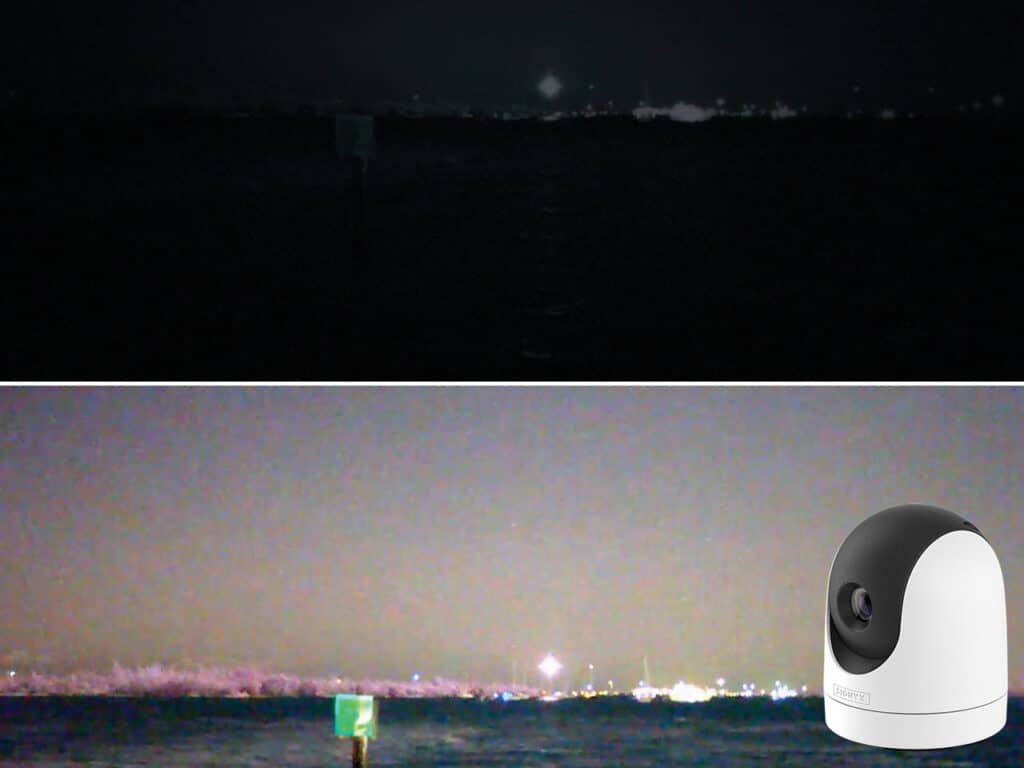
The image from the Nightwave, mounted with a Ram mount on a T-top upright, was remarkably stable as we cruised at 15 knots in lumpy waters for two hours. The image moved, but with a smooth, fluid motion that was easy on the eyes and belied the rough conditions. It proved comforting to see the waters ahead, especially when combined with a chart plotter, AIS and radar. This affordable night-vision camera has no stabilization system. So, what accounts for the relatively stable picture?
“It is the result of ‘binning,’” says Gio Lepore, global product line manager for Sionyx. “The Nightwave digital system groups four pixels next to each other into a single pixel on the MFD in order to accommodate the standard analog input.” This combines with a relatively wide 44-degree field of view to deliver a picture so stable that it erased my skepticism, and now I don’t want to venture out on the water after dark without the Nightwave D1. $1,595; sionyx.com

